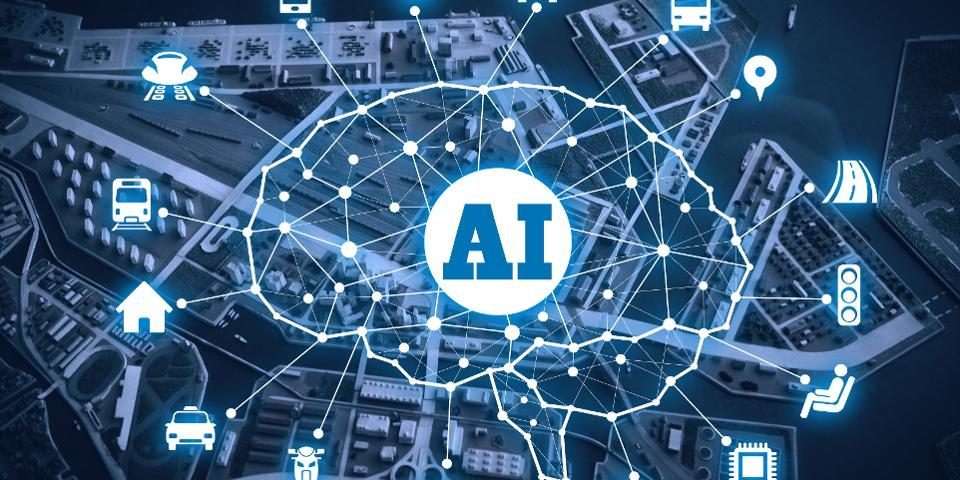AI Contributes to the Fight Against COVID-19 But with the Right Human Touch

In the wake of COVID-19, it is seen how deliberately Artificial intelligence is helping address the pandemic crisis.
Technologies such as AI, machine learning, and big data have emerged as great tools in helping fight against the virus. Besides technologies, the creativity and knowledge of humans using AI and machine learning makes a bigger impact.
Despite having AI work wonders, the pandemic has detected certain shortfalls. Machine learning, a subset of AI functions by identifying patterns in the training data. However, if used wisely, AI has the power to overcome the human workforce not just through the skills but by helping detect patterns in the trained data most humans tend to overlook.
No doubt that the AI system needs a lot of data having relevant examples in the same data to find similar patterns. Machine learning likewise detects the same existing conditions in the present times as compared to the training data in the past. Simply put, the AI system that worked today will still pose the same effect in the future as well.
As an AI engineer, it is the responsibility to consider different kinds of problems and how well to address these problems.
What the world is doing about the pandemic crisis?
These are unprecedented times; the present situation is jarringly different from how it used to be a few weeks ago. Perhaps the things that have not been tried yesterday can be implemented today. Similarly, what worked in the past may not work today. As humans, we’re not so different from AI. Without having past data or experiences to be looked upon, it can be challenging to conclude. Human assumptions may no longer influence the current situation.
However, humans have a huge advantage over AI.
Possible conclusions can be drawn based on past experiences, and these can be applied to the novel coronavirus situation.
But the same cannot be said for AI systems. AI systems must learn from scratch whenever the task is changed in the system.
However, the pandemic crisis highlights certain factors in AI. AI is still a tool, a tool that only humans can determine its value. This concept is applicable for individuals who designed (AI engineer) the tool and could make good use of it.
Let us have a glance at two approaches demonstrating how powerful AI is:
- The first approach
Based on the current conditions, new training data is gathered. Once the data gets collected, each piece of information holds equal value in making informed decisions. The more effective this information is shared the easier it gets to pave the right path to make decisions. Currently, data can be gathered from projects like COVID-net open-access neural network (a network that basically works in developing a system that can detect COVID-19 in the lungs) and COVID-19 Open Research Dataset (offers information from over 24000 research papers). These data are furthered used to identify patterns.
- The second approach
Identifying the power of AI using human creativity and knowledge in doing things AI cannot possibly do. Humans have the capability of discerning from one place to another where algorithms can be a failure and situations where historical training data is relevant to address critical situations.
These systems include algorithms that can predict the widespread of COVID-19 using the data from the earlier pandemic attack.
The only way AI can be effective is if there’s a collaboration of humans in multiple roles, doing so helps leverage AI tools at a crisis such as the COVID-19.
Despite the growing AI hype, there are multiple ways through which humans can still surpass AI capabilities.